Paleontology
-
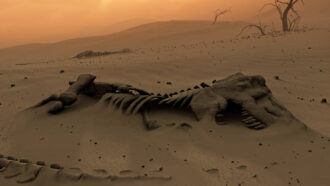 Paleontology
Paleontology50 years ago, the dinosaurs’ demise was still a mystery
In 1972, scientists blamed dinosaur biology for the reptiles’ demise. Years later, researchers ID’d the real killer: an apocalyptic asteroid.
-
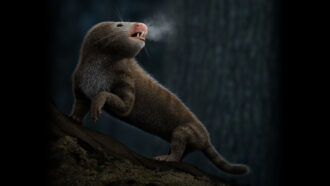 Paleontology
PaleontologyMammal ancestors’ shrinking inner ears may reveal when warm-bloodedness arose
An abrupt shift in inner ear shape of mammal ancestors 233 million years ago, during a time of climate swings, points to evolution of warm-bloodedness.
-
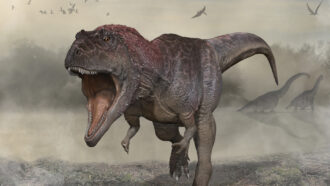 Paleontology
PaleontologyA newfound dinosaur had tiny arms before T. rex made them cool
A predecessor to Tyrannosaurus rex, Meraxes gigas had a giant head and puny but muscular arms, suggesting the limbs served some purpose.
-
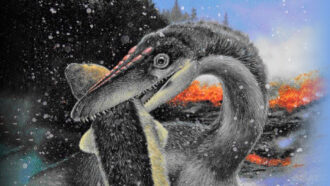 Paleontology
PaleontologyFeathers may have helped dinosaurs survive the Triassic mass extinction
New data show that dinosaurs were able to weather freezing conditions about 202 million years ago, probably thanks to warm feathery coats.
-
 Paleontology
PaleontologyMegatooth sharks may have been higher on the food chain than any ocean animal ever
Some megalodons and their ancestors were the ultimate apex predators, outeating all known marine animals, researchers report.
By Asa Stahl -
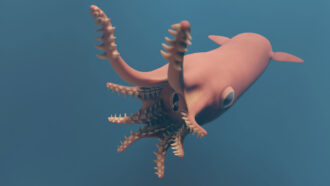 Paleontology
PaleontologyVampire squid are gentle blobs. But this ancestor was a fierce hunter
New fossil analyses of 164-million-year-old ancestors of today’s vampire squid show the ancient cephalopods had muscular bodies and powerful suckers.
-
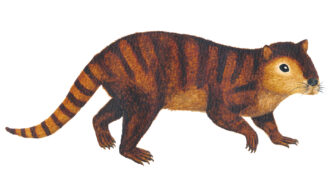 Paleontology
PaleontologyHow mammals took over the world
In the book The Rise and Reign of the Mammals, paleontologist Steve Brusatte tracks the evolutionary innovations that made mammals so successful.
-
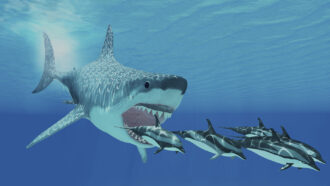 Paleontology
PaleontologyGreat white sharks may have helped drive megalodons to extinction
Analyzing zinc levels in shark teeth hints that megalodons and great whites competed with each other for food.
-
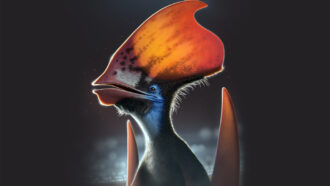 Paleontology
PaleontologyPterosaurs may have had brightly colored feathers on their heads
The fossil skull of a flying reptile hints that feathers originated about 100 million years earlier than scientists thought.
-
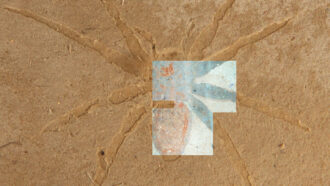 Paleontology
PaleontologyGlowing spider fossils may exist thanks to tiny algae’s goo
Analyzing 22-million-year-old spider fossils from France revealed that they were covered in a tarry black substance that fluoresces.
-
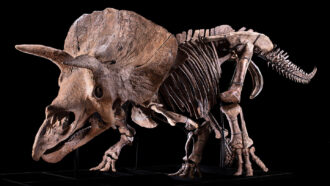 Paleontology
PaleontologyA hole in a Triceratops named Big John probably came from combat
The nature of the wound and signs of healing suggest that the dinosaur's bony frill was impaled by a Triceratops rival.
By Anna Gibbs -
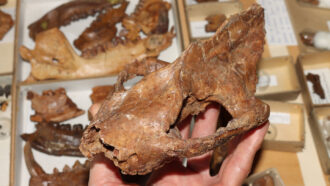 Paleontology
PaleontologyMammals’ bodies outpaced their brains right after the dinosaurs died
Fossils show that mammals’ brains and bodies did not balloon together. The animals’ brains grew bigger later.